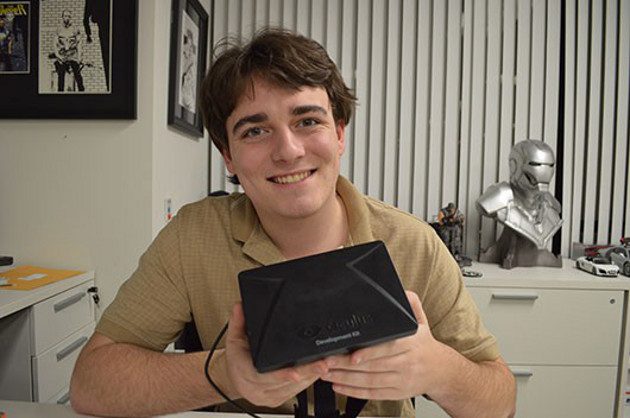
Earlier words from Oculus CTO, John Carmack, seemed to confirm that a second Oculus Rift developer kit (DK2) was in the works, but the language was a bit ambiguous. Now, Oculus Co-founder Palmer Luckey explains clearly that a second Oculus Rift developer kit will be released before the consumer version.
Jumping into a Reddit discussion on Carmack’s comments about a second Oculus Rift developer kit, Palmer Luckey shared the following:
We’re working on a lot of new tech for the consumer product, we want to ship a new development kit before the consumer version launches. That way, developers can build and test their games on the nearly final hardware that users will be playing at launch. The timing of that dev kit is tightly tied to our progress on these new features.
We are not going to formally announce a new development kit or the consumer version anytime this year. Also, we’re working to ensure that content built using the current Rift development kit is compatible with new Oculus hardware, though there will be a bit of integration required to take advantage of the new features, especially for the best experience.
The second paragraph tells us that we won’t see the Oculus Rift Developer Kit 2 (DK2) in the remaining two and a half months of 2013. The consumer Oculus Rift is expected to launch in 2014, so we can expected to see the DK2 prior to its launch.
Beyond these comments, the company hasn’t confirmed any details about what the DK2 will entail. My money is on the DK2 featuring a wireless 1080p display with positional tracking.
Some good news for a small number of early Oculus Rift supporters: responding to a question about whether or not Luckey would make good on a promise to offer new products to pre-Kickstarter backers first, he responded “Of course I will!”







